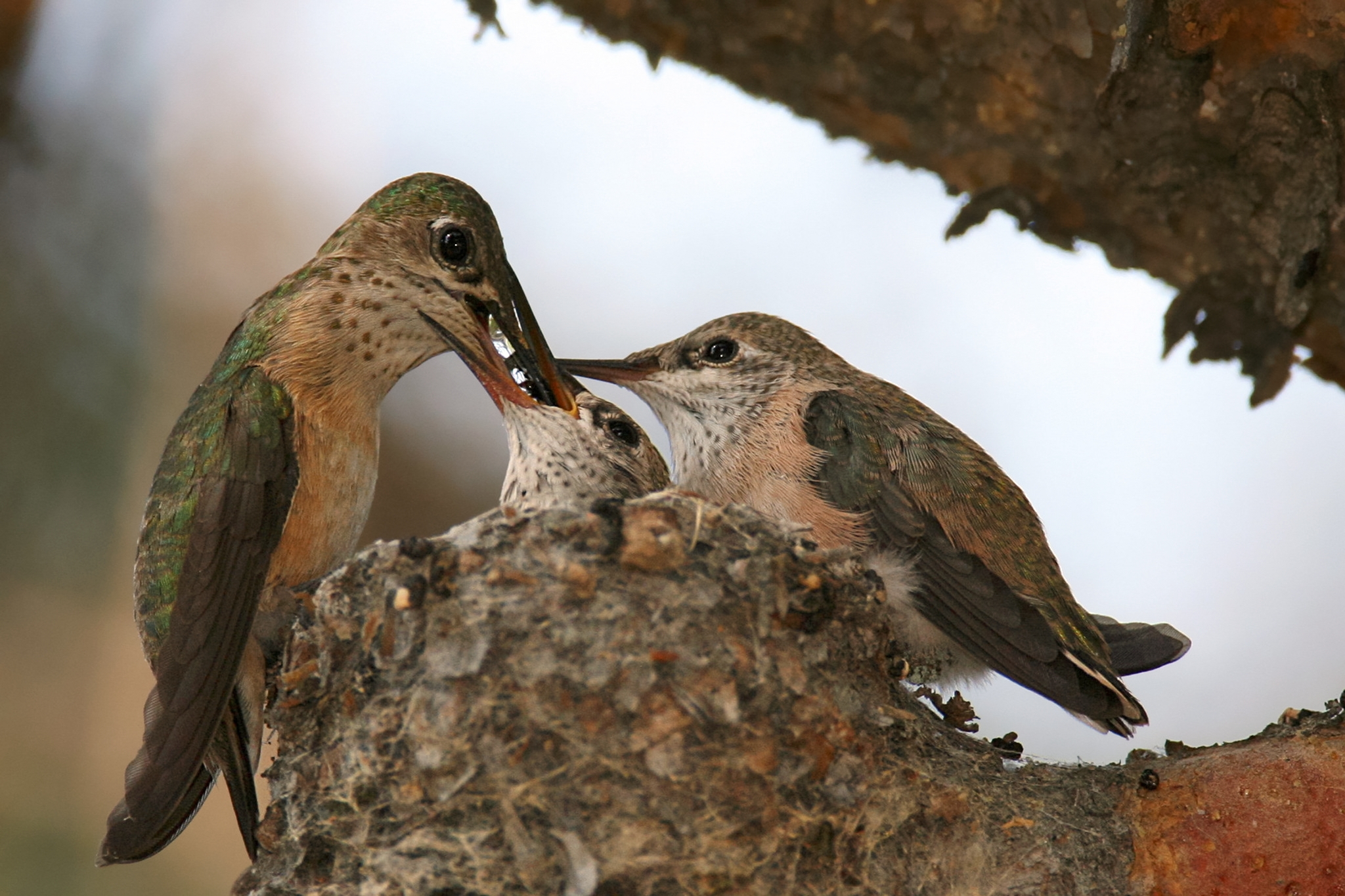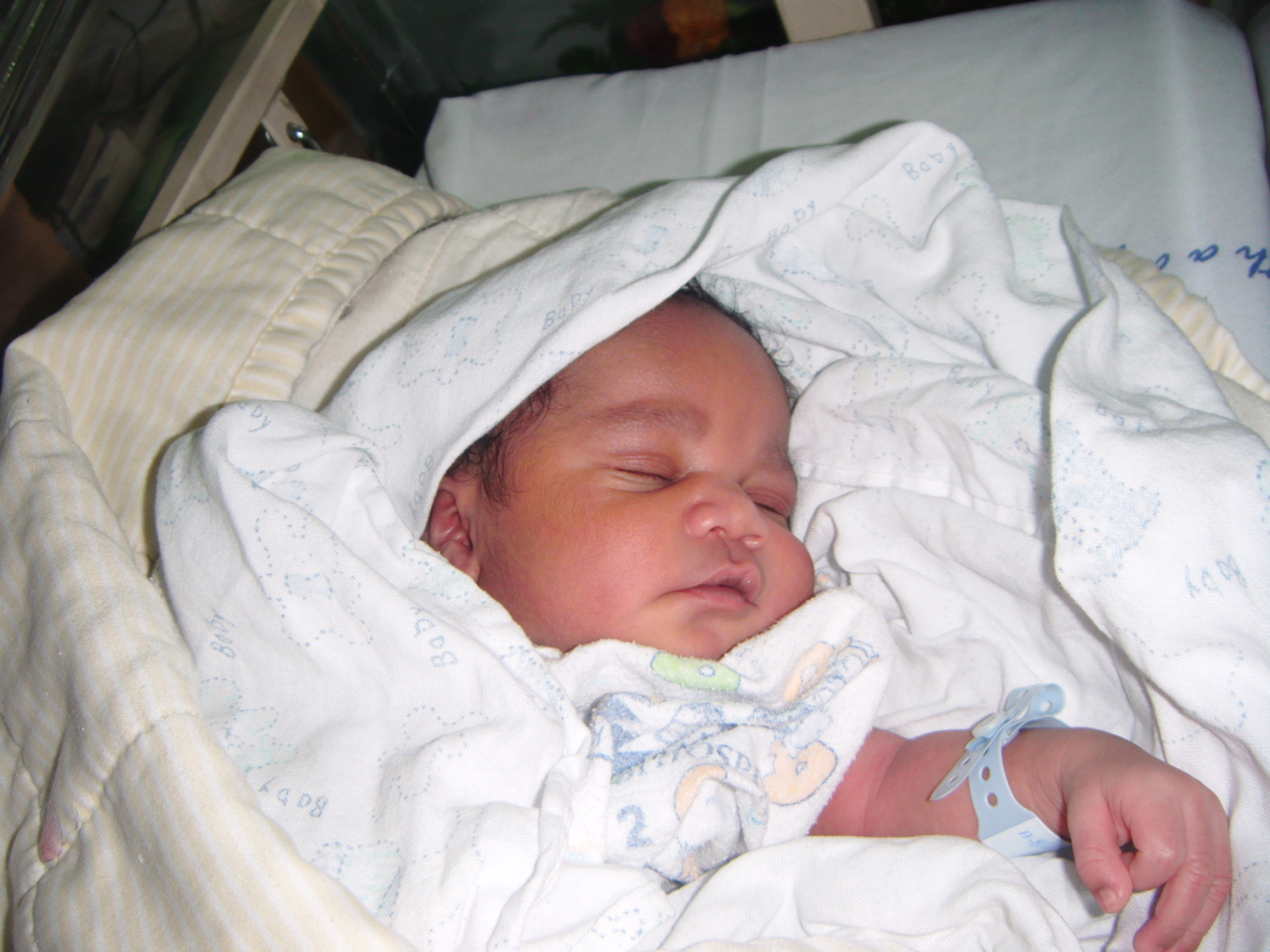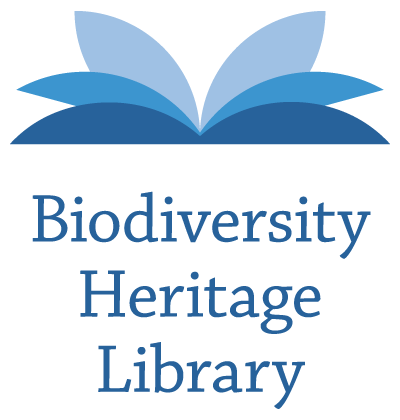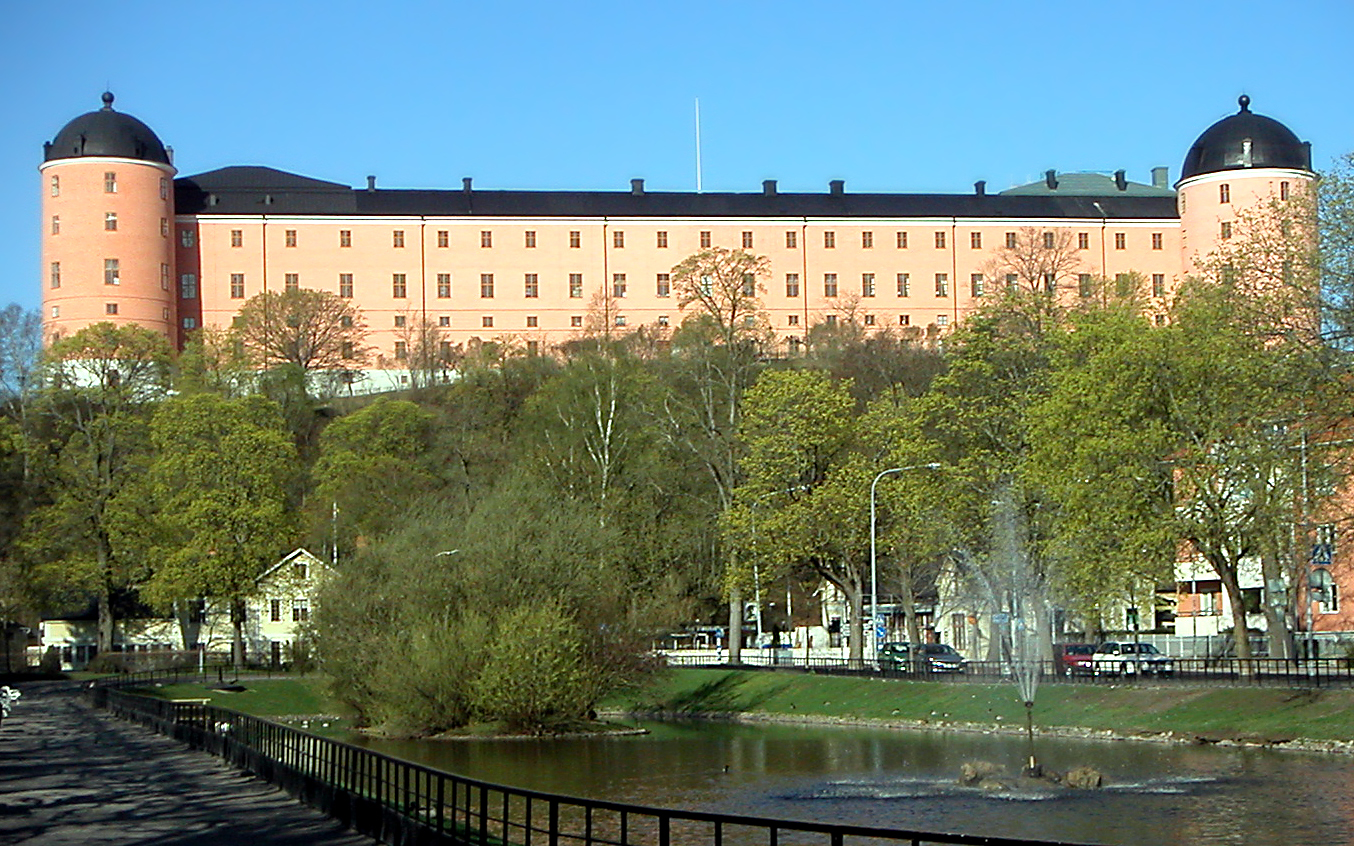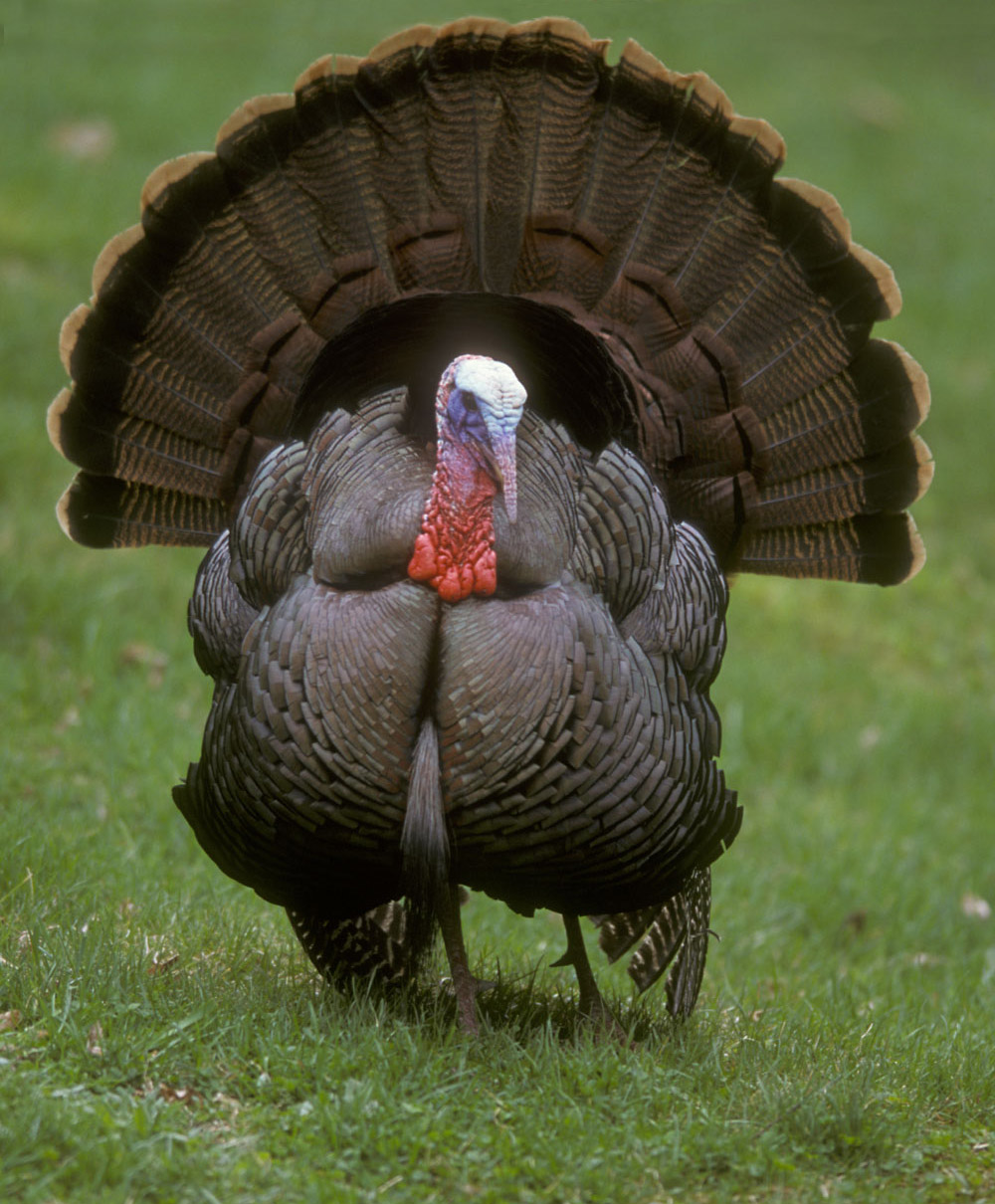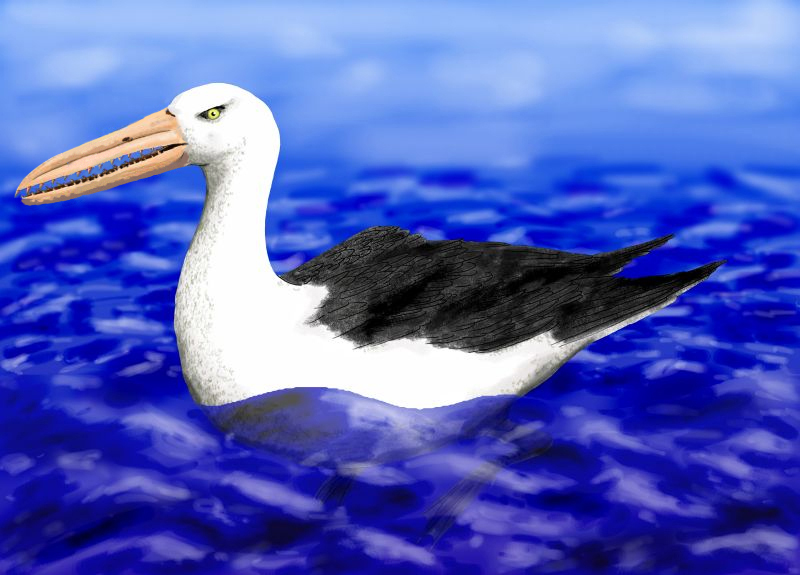|
Nidicolous
In biology, nidifugous ( , ) organisms are those that leave the nest shortly after hatching or birth. The term is derived from Latin ''nidus'' for "nest" and ''fugere'', meaning "to flee". The terminology is most often used to describe birds and was introduced by Lorenz Oken in 1816. The chicks of birds in many families, such as the waders, waterfowl, and gamebirds, are usually nidifugous. The opposite of nidifugous organisms are nidicolous ( ; from Latin ''nidus'' "nest" and ''-colus'' "inhabiting") organisms; a nidicolous organism is one which stays at its birthplace for a long time because it depends on its parents for food, protection, and the learning of survival skills. Examples of nidicolous species include mammals and many species of birds. During the life span, the brain of a nidicolous animal expands 8–10 times its initial size; in nidifugous animals, it expands from 1.5 to 2.5 times. Relation to precociality and altriciality Two other terms are also used by scientist ... [...More Info...] [...Related Items...] OR: [Wikipedia] [Google] [Baidu] |
Organism
An organism is any life, living thing that functions as an individual. Such a definition raises more problems than it solves, not least because the concept of an individual is also difficult. Many criteria, few of them widely accepted, have been proposed to define what an organism is. Among the most common is that an organism has autonomous reproduction, Cell growth, growth, and metabolism. This would exclude viruses, despite the fact that they evolution, evolve like organisms. Other problematic cases include colonial organisms; a colony of eusocial insects is organised adaptively, and has Germ-Soma Differentiation, germ-soma specialisation, with some insects reproducing, others not, like cells in an animal's body. The body of a siphonophore, a jelly-like marine animal, is composed of organism-like zooids, but the whole structure looks and functions much like an animal such as a jellyfish, the parts collaborating to provide the functions of the colonial organism. The evolutiona ... [...More Info...] [...Related Items...] OR: [Wikipedia] [Google] [Baidu] |
Bird
Birds are a group of warm-blooded vertebrates constituting the class (biology), class Aves (), characterised by feathers, toothless beaked jaws, the Oviparity, laying of Eggshell, hard-shelled eggs, a high Metabolism, metabolic rate, a four-chambered heart, and a strong yet lightweight Bird skeleton, skeleton. Birds live worldwide and range in size from the bee hummingbird to the common ostrich. There are over 11,000 living species and they are split into 44 Order (biology), orders. More than half are passerine or "perching" birds. Birds have Bird wing, wings whose development varies according to species; the only known groups without wings are the extinct moa and elephant birds. Wings, which are modified forelimbs, gave birds the ability to fly, although further evolution has led to the Flightless bird, loss of flight in some birds, including ratites, penguins, and diverse endemism, endemic island species. The digestive and respiratory systems of birds are also uniquely a ... [...More Info...] [...Related Items...] OR: [Wikipedia] [Google] [Baidu] |
Parental Investment
Parental investment, in evolutionary biology and evolutionary psychology, is any parental expenditure (e.g. time, energy, resources) that benefits offspring.Clutton-Brock, T.H. 1991. ''The Evolution of Parental Care''. Princeton, NJ: Princeton U. Press. pg. 9Trivers, R.L. (1972). Parental investment and sexual selection. In B. Campbell (Ed.), ''Sexual selection and the descent of man'', 1871-1971 (pp. 136–179). Chicago, IL: Aldine. . Parental investment may be performed by both males and females (called ''biparental care''), females alone (''exclusive maternal care'') or males alone (''exclusive paternal care''). Care can be provided at any stage of the offspring's life, from pre-natal (e.g. egg guarding and Egg incubation, incubation in birds, and placental nourishment in mammals) to post-natal (e.g. food provisioning and protection of offspring). Parental investment theory, a term coined by Robert Trivers in 1972, predicts that the sex that invests more in its offsprin ... [...More Info...] [...Related Items...] OR: [Wikipedia] [Google] [Baidu] |
Precociality And Altriciality
Precocial species in birds and mammals are those in which the young are relatively mature and mobile from the moment of birth or hatching. They are normally nidifugous, meaning that they leave the nest shortly after birth or hatching. Altricial species are those in which the young are underdeveloped at the time of birth, but with the aid of their parents mature after birth. These categories form a continuum, without distinct gaps between them. In fish, this often refers to the presence or absence of a stomach: precocial larvae have one at the onset of first feeding whereas altricial fish do not. Depending on the species, the larvae may develop a functional stomach during metamorphosis (gastric) or remain stomachless (agastric). Precociality Precocial young have open eyes, hair or down, large brains, and are immediately mobile and somewhat able to flee from or defend themselves against predators. For example, with ground-nesting birds such as ducks or turkeys, the young are ... [...More Info...] [...Related Items...] OR: [Wikipedia] [Google] [Baidu] |
Precocial
Precocial species in birds and mammals are those in which the young are relatively mature and mobile from the moment of birth or hatching. They are normally nidifugous, meaning that they leave the nest shortly after birth or hatching. Altricial species are those in which the young are underdeveloped at the time of birth, but with the aid of their parents mature after birth. These categories form a continuum, without distinct gaps between them. In fish, this often refers to the presence or absence of a stomach: precocial larvae have one at the onset of first feeding whereas altricial fish do not. Depending on the species, the larvae may develop a functional stomach during metamorphosis (gastric) or remain stomachless (agastric). Precociality Precocial young have open eyes, hair or down, large brains, and are immediately mobile and somewhat able to flee from or defend themselves against predators. For example, with ground-nesting birds such as ducks or turkey (bird), turkeys, th ... [...More Info...] [...Related Items...] OR: [Wikipedia] [Google] [Baidu] |
Altricial
Precocial species in birds and mammals are those in which the young are relatively mature and mobile from the moment of birth or hatching. They are normally nidifugous, meaning that they leave the nest shortly after birth or hatching. Altricial species are those in which the young are underdeveloped at the time of birth, but with the aid of their parents mature after birth. These categories form a continuum, without distinct gaps between them. In fish, this often refers to the presence or absence of a stomach: precocial larvae have one at the onset of first feeding whereas altricial fish do not. Depending on the species, the larvae may develop a functional stomach during metamorphosis (gastric) or remain stomachless (agastric). Precociality Precocial young have open eyes, hair or down, large brains, and are immediately mobile and somewhat able to flee from or defend themselves against predators. For example, with ground-nesting birds such as ducks or turkeys, the young are ... [...More Info...] [...Related Items...] OR: [Wikipedia] [Google] [Baidu] |
Biodiversity Heritage Library
The Biodiversity Heritage Library (BHL) is the world’s largest open-access digital library for biodiversity literature and archives. BHL operates as a worldwide consortium of natural history, botanical, research, and national libraries working together to address this challenge by digitizing the natural history literature held in their collections and making it freely available for open access as part of a global "biodiversity community". The BHL consortium works with the international taxonomic community, publishers, bioinformaticians, and information technology professionals to develop tools and services to facilitate greater access, interoperability, and reuse of content and data. BHL provides a range of services, data exports, and APIs to allow users to download content, harvest source data files, and reuse materials for research purposes. Through taxonomic intelligence tools developed by Global Names Architecture, BHL indexes the taxonomic names throughout the collection, al ... [...More Info...] [...Related Items...] OR: [Wikipedia] [Google] [Baidu] |
Uppsala
Uppsala ( ; ; archaically spelled ''Upsala'') is the capital of Uppsala County and the List of urban areas in Sweden by population, fourth-largest city in Sweden, after Stockholm, Gothenburg, and Malmö. It had 177,074 inhabitants in 2019. Located north of the capital Stockholm, it is also the seat of Uppsala Municipality. Since 1164, Uppsala has been the ecclesiology, ecclesiastical centre of Sweden, being the seat of the Archbishop of Uppsala, Archbishop of the Church of Sweden. Uppsala is home to Scandinavia's largest cathedral – Uppsala Cathedral, which was the frequent site of the coronation of the Swedish monarch until the late 19th century. Uppsala Castle, built by King Gustav I of Sweden, Gustav Vasa, served as one of the royal residences of the Swedish monarchs, and was expanded several times over its history, making Uppsala the secondary capital of Sweden during its Swedish Empire, greatest extent. Today, it serves as the residence of the Governor of Uppsala County ... [...More Info...] [...Related Items...] OR: [Wikipedia] [Google] [Baidu] |
Mammal
A mammal () is a vertebrate animal of the Class (biology), class Mammalia (). Mammals are characterised by the presence of milk-producing mammary glands for feeding their young, a broad neocortex region of the brain, fur or hair, and three Evolution of mammalian auditory ossicles, middle ear bones. These characteristics distinguish them from reptiles and birds, from which their ancestors Genetic divergence, diverged in the Carboniferous Period over 300 million years ago. Around 6,640 Neontology#Extant taxon, extant species of mammals have been described and divided into 27 Order (biology), orders. The study of mammals is called mammalogy. The largest orders of mammals, by number of species, are the rodents, bats, and eulipotyphlans (including hedgehogs, Mole (animal), moles and shrews). The next three are the primates (including humans, monkeys and lemurs), the Artiodactyl, even-toed ungulates (including pigs, camels, and whales), and the Carnivora (including Felidae, ... [...More Info...] [...Related Items...] OR: [Wikipedia] [Google] [Baidu] |
Nest
A nest is a structure built for certain animals to hold Egg (biology), eggs or young. Although nests are most closely associated with birds, members of all classes of vertebrates and some invertebrates construct nests. They may be composed of organic material such as twigs, grass, and leaves, or may be a simple depression in the ground, or a hole in a rock, tree, or building. Human-made materials, such as string, plastic, cloth, or paper, may also be used. Nests can be found in all types of habitat. Nest building is driven by a biological urge known as the nesting instinct in birds and mammals. Generally each species has a distinctive style of nest. Nest complexity is roughly correlated with the level of parental care by adults. Nest building is considered a key adaptive advantage among birds, and they exhibit the most variation in their nests ranging from simple holes in the ground to elaborate communal nests hosting hundreds of individuals. Nests of prairie dogs and severa ... [...More Info...] [...Related Items...] OR: [Wikipedia] [Google] [Baidu] |
Gamebird
Galliformes is an order of heavy-bodied ground-feeding birds that includes turkeys, chickens, quail, and other landfowl. Gallinaceous birds, as they are called, are important in their ecosystems as seed dispersers and predators, and are often reared by humans for their meat and eggs, or hunted as game birds. The order contains about 290 species, inhabiting every continent except Antarctica, and divided into five families: Phasianidae (including chicken, quail, partridges, pheasants, turkeys, peafowl (peacocks) and grouse), Odontophoridae (New World quail), Numididae (guinea fowl), Cracidae (including chachalacas and curassows), and Megapodiidae (incubator birds like malleefowl and brush-turkeys). They adapt to most environments except for innermost deserts and perpetual ice. Many gallinaceous species are skilled runners and escape predators by running rather than flying. Males of most species are more colorful than the females, with often elaborate courtship behav ... [...More Info...] [...Related Items...] OR: [Wikipedia] [Google] [Baidu] |
Waterfowl
Anseriformes is an order of birds also known as waterfowl that comprises about 180 living species of birds in three families: Anhimidae (three species of screamers), Anseranatidae (the magpie goose), and Anatidae, the largest family, which includes over 170 species of waterfowl, among them the ducks, geese, and swans. Most modern species in the order are highly adapted for an aquatic existence at the water surface. With the exception of screamers, males have penises, a trait that has been lost in the Neoaves, the clade consisting of all other modern birds except the galliformes and paleognaths. Due to their aquatic nature, most species are web-footed. Evolution Anseriformes are one of only two types of modern bird to be confirmed present during the Mesozoic alongside the other dinosaurs, and in fact were among the very few birds to survive their extinction, along with their cousins, the Galliformes. These two groups only occupied two ecological niches during the Mesozoic, ... [...More Info...] [...Related Items...] OR: [Wikipedia] [Google] [Baidu] |


